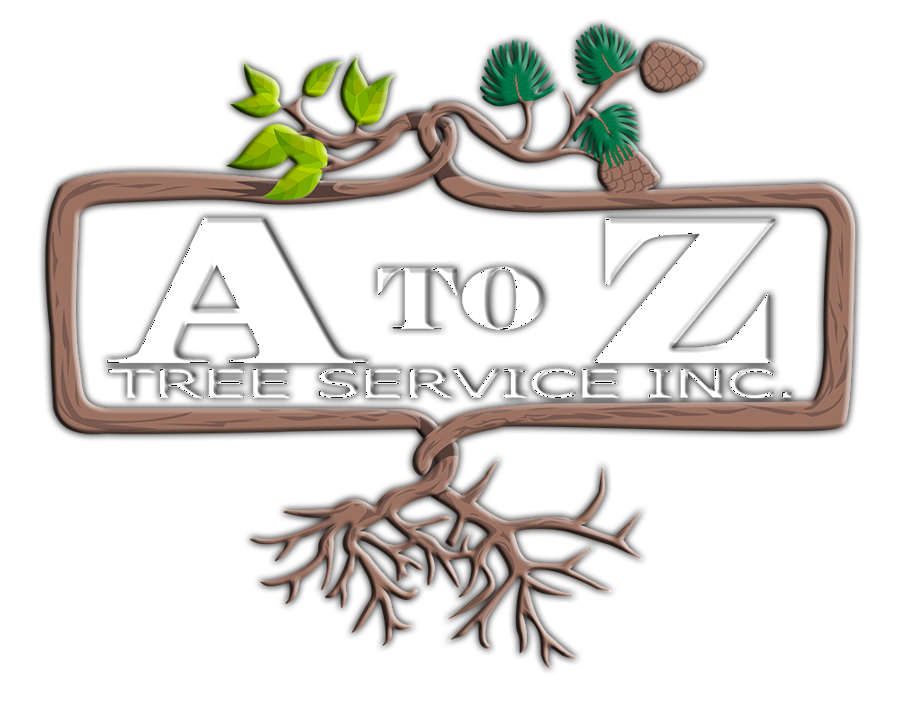Get Answers
Are there large dead branches?
Are there cavities or rotten wood along the trunk or in major branches?
Are mushrooms present at the base of the tree?
Are there cracks or splits in the trunk or where branches are attached?
Have adjacent trees fallen over or died (not from storm damage)?
Has the trunk developed a strong lean?
Have the roots been severely damaged?
Have the leaves prematurely developed an unusual color or size?
Have trees in adjacent wooded areas been removed?
Has the tree been topped or heavily pruned?
If you’ve answered yes to any of the above, you may have a tree on hand that qualifies removal.
While storm damage can’t totally be avoided, hazard tree removal can greatly help prevent tree catastrophes before they happen. If you’re unsure of a tree on your property, have us come out right away and evaluate it for you. With a quick evaluation, you could be saved a lot of grief. Premeditated hazard tree removal makes storm damage less prevalent and helps to avoid unwanted and dangerous situations.
Re-growth from topping, line clearance or other pruning
Electrical line adjacent to tree
Broken or partially attached branches
Open cavity in trunk or branches
Dead or dying branches
Branches arising from a single point on the trunk
Decay and rot present in old wounds
Recent change in grade or soil level, or other construction
If you notice any of the above in trees on your property let us know and we’ll come out and take care of the hazard tree removal for you.
Previous tree failures in area
Tree Leaning near a target
Forked trunk
Branches and stems equal in size
Wet areas with shallow soil
As mentioned above removing hazardous trees as soon as you can is recommended because it lessens storm damage and helps guarantee you a safe environment.



